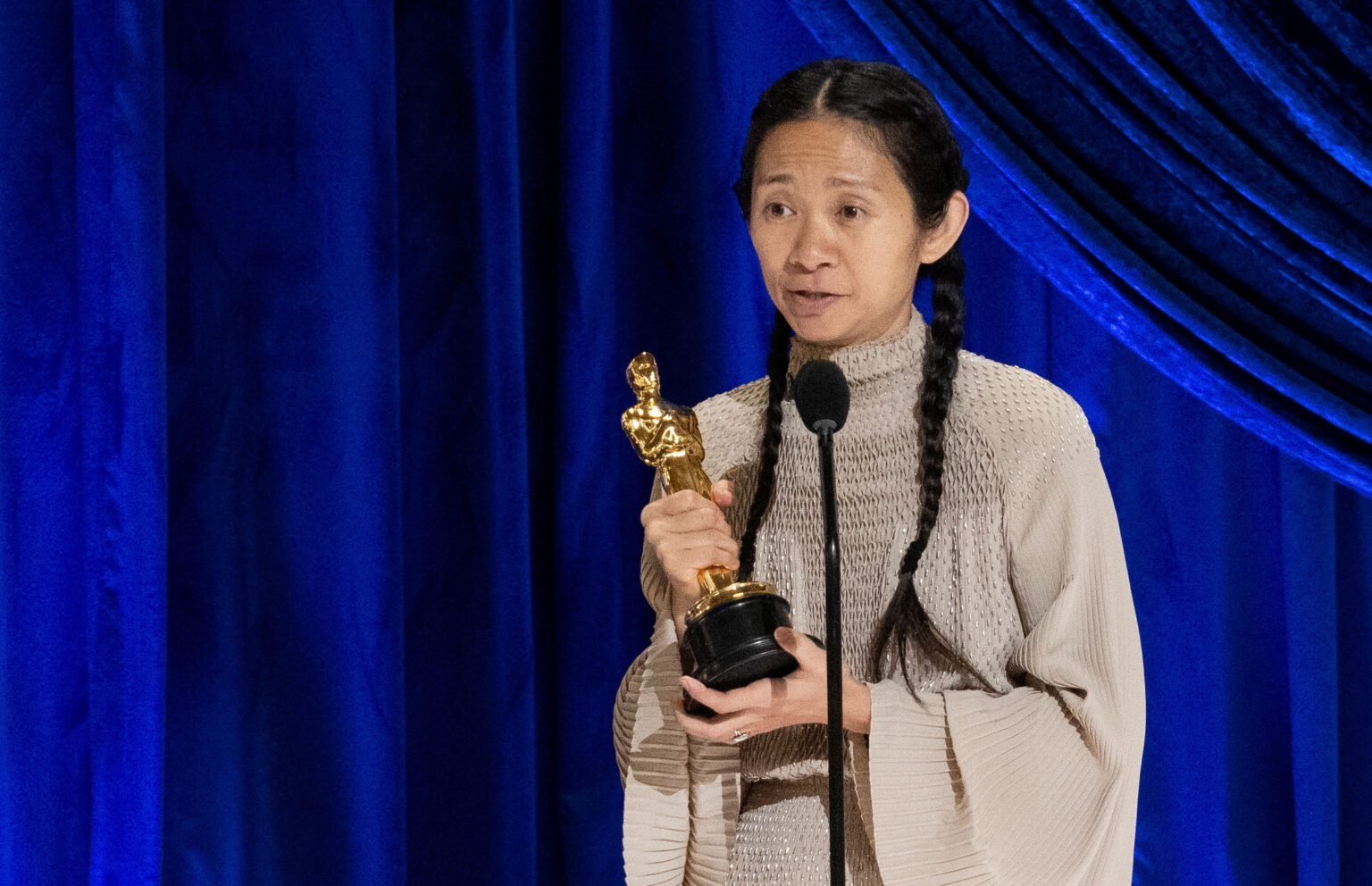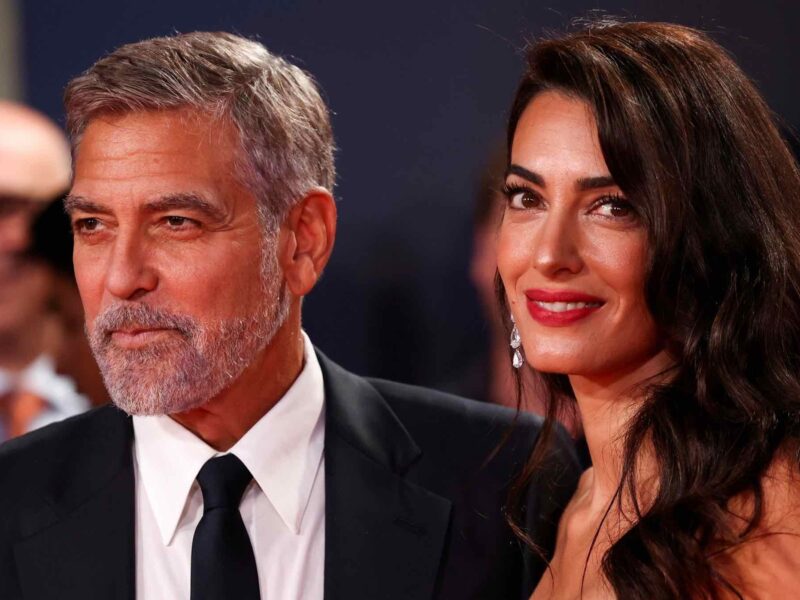
Why are there only two female winners of the Best Director Oscar?
Well, the Academy Awards have come & gone yet again. The Oscar nominees & winners this year broke barriers and set records. The nominees for Best Director in particular raised eyebrows. For the first time in its history (running back to 1929) the Academy nominated more than one woman for the award.
Chloé Zhao, director of Nomadland, and Emerald Fennell, director of Promising Young Woman are this year’s history-makers. Zhao was named winner, becoming only the second female director to win the Oscar for Best Director. The other was Kathryn Bigelow who won for her work on The Hurt Locker in 2010.
If that fact shocks you, it’s a good time to make sure you’re sitting down. Including Zhao & Fennell, only seven women have ever been nominated for the award. How in the world is that possible?

Some might try to justify the Academy’s blatant exclusion of women nominees on the woeful lack of women sitting in the director’s chair. It’s true that Hollywood doesn’t offer women the chance to direct films nearly as often as they should. According to the Annenberg Inclusion Initiative, in 2019, women constituted less than eleven percent of the directors on the year’s hundred highest grossing films.
That means women directed roughly ten of the top films that year, but there were zero female directors nominated for an Academy Award in 2019. The same is true of 2020. The lack of women directors among Oscar winners falls on the shoulders of the Academy, and there’s a few reasons they’re failing to accurately represent female talent in the industry.

Academy composition
It’s no secret the Academy is mostly made up of white men. In recent years, people have forced diversity to the forefront of conversations about the Oscars. The #OscarsSoWhite and #TimesUp campaigns have educated people about the Academy’s purposeful exclusion of women & minorities.
Those aren’t just trendy hashtags. They’re having a real effect on the Academy. As recently as 2015, less than a quarter of Academy members were women. Now that number is closer to forty percent.
Of course, Academy members only decide who the Oscar winners will be. They don’t have a say in the nomination process. If we want to figure out why only seven women have ever been nominated for Best Director, we’ll have to look at the directors’ branch.

Directors’ branch
There are so many award categories at the Oscars that the Academy of Motion Picture Arts & Sciences has separate branches dedicated to each area of focus. The actors’ branch nominates actors while the screenwriters’ branch handles screenplays, and so on.
The directors’ branch of the Academy are the ones who have only nominated seven female directors in history. It’s no surprise the branch is and has always been filled with men.

It’s not that male directors can’t appreciate the work of women. It’s just that historically, they haven’t. Not only are most Best Director nominees men, but also most of their films are about men. When Kathryn Bigelow became the first female director to win the Oscar, she did so with The Hurt Locker, a film entirely focused on men in the military and the masculine experience there.
The logical move would be to add diversity to the directors’ branch of the Academy, but that’s where a third problem brings us full circle.

Opportunity snubs
Barring a few exceptions, a person needs to have directed two films to be a part of the directors’ branch. There’s no inherent problem with the rule, as it ensures “experts” of one degree or another are part of the decision-making process. The problem is that Hollywood refuses to offer women directors second films, even when their debuts are successful.
Let’s compare two examples. Both are directors who moved from a debut film to working on a major studio superhero movie.
In 2003, Patty Jenkins released Monster, which showed up at the Oscars when Charlize Theron won Best Actress for her work in the film. Monster grossed over $64 million at the box office. After Monster, Jenkins actively pursued work on a Wonder Woman movie. It took her until 2017 to make that film a reality.

In 2009, Marc Webb released (500) Days of Summer. The movie was generally well received, but it wasn’t Oscar-caliber. It grossed just over $60 million. Webb’s second feature film, The Amazing Spider-Man, came to theaters in 2012.
—
This year’s Oscar nominees, and the Best Director winner, are a step in the right direction, but the Academy has a long way to go. They claim to represent the best of filmmaking, but that claim is undermined by their near-categorical exclusion of women. With more awareness, and more work, we can hopefully pressure the Academy to accurately represent their industry.







